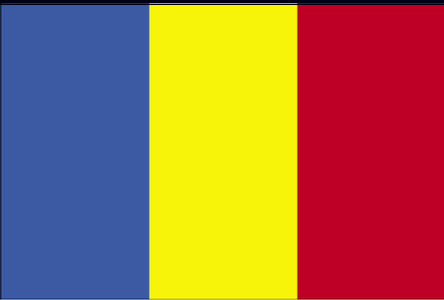- Home Exchange
- Vacation Rentals
- B&B
Choose from over 15 000 listings worldwide! Join our worldwide network today!
Subscribe to Newsletter
Enter your email address below and click GO
Travel to RomaniaBrowse listings of Home Exchange, Vacation Rentals, Homestay, B&B (furnished apartments, villas, cottages, condos, farmhouses and other types of accommodations) of Romania:
Last Minute Tips Before you Travel to Romania
Must See - Properties on UNESCO World Heritage List
RomaniaLocation Capital Population Regions Largest cities of Romania Climate Ethnic groups Religions Languages Government type Background Flag of Romania Romania Travel and Accommodation – Your Tips for TravelersIf you would like to share your experiences of traveling to Romania or to any other country, please send us your article and we will gladly post it at this website. Source: Central Intelligence Agency. Disclaimer: Although we have tried to make the information on this website as accurate as possible, some of the facts may not be accurate, or may have recently changed. We do not accept any responsibility for any loss, injury or inconvenience suffered by anyone resulting from this information. You should verify important information with the relevant authorities before traveling. |
Testimonials
Hi there from sunny Brunswick Heads, Australia
Have had a successful change to Alaska in '09 through your site and have another arranged for Nova Scotia later this year. Plus I am hosting someone from Reunion Island in April - all through your free site. Excellent!
More testimonialsnew members
-
Australia, Bangalow
Home Exchange -
Spain, Costa Del Silencio
Home Exchange -
Netherlands, Amsterdam
Home Exchange -
Israel, Jerusalem
Vacation Rentals -
United States, New York City
Home Exchange -
United States, Sevierville
Home Exchange -
United States, New York
Home Exchange -
Poland, Krakow
Home Exchange -
United States, San Luis Obispo
Home Exchange -
Spain, TARRAGONA
Home Exchange -
United States, NEW YORK
Home Exchange -
Italy, Valmozzola, Parma
Home Exchange -
Italy, Valmozzola, Parma
Vacation Rentals -
United States, Lake Forest Park
Home Exchange -
Portugal, Colares
Home Exchange -
United States, Laurel Spgs
Home Exchange -
Australia, Drouin
Home Exchange -
Israel, Petah Tiqva
Home Exchange -
Costa Rica, Cahuita / Puerto Viejo
Home Exchange -
United States, Bonita Springs
Home Exchange -
United States, New York
Home Exchange -
United States, Riverdale
Home Exchange -
Australia, Moss Vale
Home Exchange -
Croatia (Hrvatska), Split
Home Exchange -
Australia, DROUIN
Home Exchange -
United States, Zionsville
Home Exchange -
United States, San Francisco
Home Exchange -
Canada, Coquitlam
Homestay -
Canada, Panorama
Home Exchange -
Romania, Bucharest
Home Exchange
 Modeled after the flag of France, the colors are those of the principalities of Walachia (red and yellow) and Moldavia (red and blue), which united in 1862 to form Romania; the national coat of arms that used to be centered in the yellow band has been removed
Modeled after the flag of France, the colors are those of the principalities of Walachia (red and yellow) and Moldavia (red and blue), which united in 1862 to form Romania; the national coat of arms that used to be centered in the yellow band has been removed